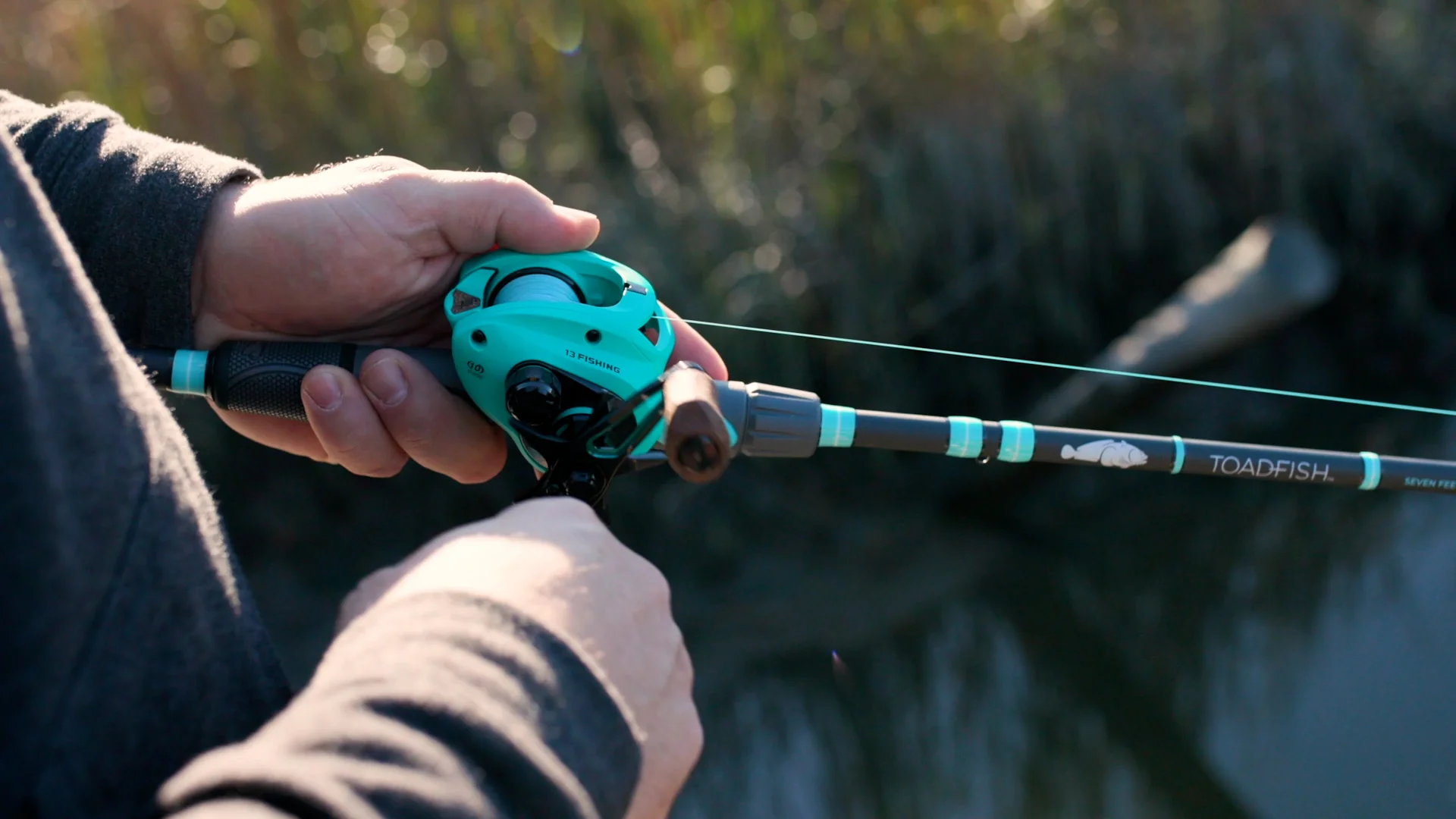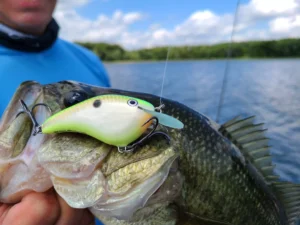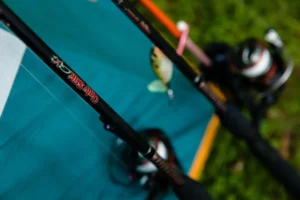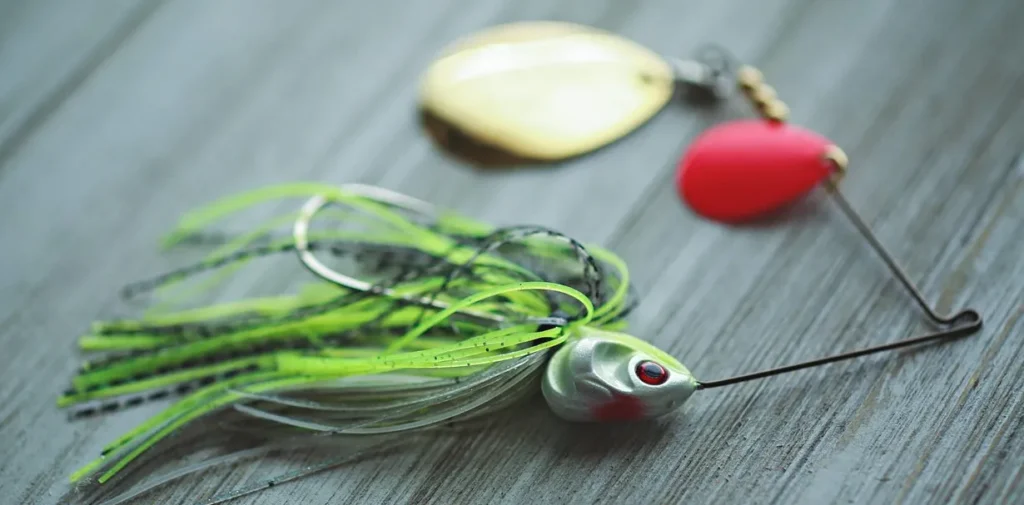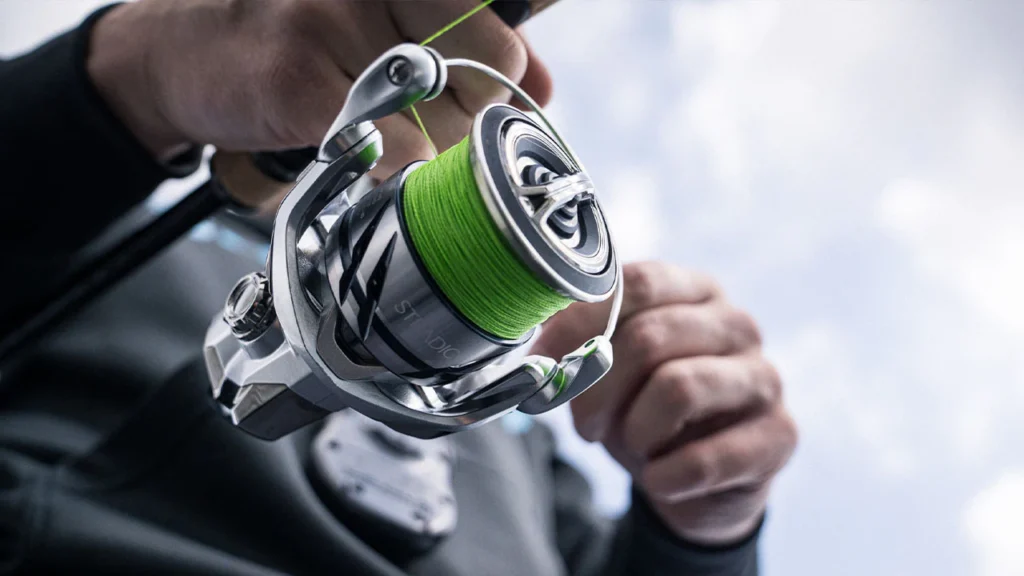When it comes to bass fishing, casting is more than just getting your lure into the water—it’s about precision, stealth, and maximizing every opportunity to entice a bite. As you progress in your angling journey, mastering advanced casting techniques can dramatically improve your catch rate and help you target bass more effectively in challenging environments. In this post, we’ll explore some top-tier casting methods and how to apply them for optimal results.
1. Pitching: Precision in Close Quarters
Pitching is an essential technique when targeting bass in tight cover such as docks, brush piles, or submerged timber. Unlike standard overhead casts, pitching allows you to deliver your lure quietly and accurately at short distances.
How to Do It:
- Hold the lure in your off-hand while releasing some line.
- Using a short underhand motion, swing the lure toward your target.
- The key is a soft entry to avoid spooking the fish.
Best Use: Use pitching when you’re close to your target, typically within 10-20 feet, especially in shallow or pressured waters.
2. Flipping: Controlled Repetition
Flipping is a cousin to pitching but requires even more discipline and control. It’s ideal for working heavy cover without making long casts, giving you the ability to fish an area thoroughly and quietly.
How to Do It:
- Let out about 10-15 feet of line past the rod tip.
- Use your non-dominant hand to pull the line and swing the lure into position.
- Keep your thumb ready on the spool for quick control.
Best Use: Perfect for stealthy presentations in dense cover where bass are likely to be hiding.
3. Skip Casting: Getting Under the Cover
Skip casting allows your bait to slide across the water’s surface like a flat stone, making it ideal for reaching bass under overhanging branches, docks, and low-hanging vegetation.
How to Do It:
- Use a spinning setup or a low-profile baitcaster with a soft plastic bait.
- Cast with a low, sidearm motion and snap your wrist.
- Aim for a smooth entry so the bait skips instead of splashing.
Best Use: Skip casting shines when bass are deep under structure and won’t respond to traditional presentations.
4. Roll Casting: Tight Spots and Low Trajectories
Roll casting is particularly effective when fishing from shorelines with obstructions behind you or when you need a low-trajectory cast to avoid spooking nearby bass.
How to Do It:
- Make a circular, rolling motion with your rod tip.
- Release the lure as the rod tip passes your target zone.
- Focus on timing and fluid motion.
Best Use: Great for shore anglers and situations requiring quick, directional accuracy.
5. Punching: Breaking Through Heavy Cover
When bass are buried deep in matted vegetation, traditional casts just won’t cut it. Punching involves using heavy weights and compact lures to penetrate thick grass, lily pads, or hyacinths.
How to Do It:
- Rig a creature bait or craw on a strong hook with a ¾ to 2-ounce tungsten weight.
- Drop or pitch the lure directly onto the mat and let it punch through.
- Be ready for an instant strike.
Best Use: Use this technique when fishing during hot summer months or when bass are seeking shade in dense cover.
Final Thoughts
Advanced casting techniques aren’t just for showing off—they’re strategic tools that can make or break your day on the water. Whether you’re sneaking a bait into a shaded pocket under a dock or dropping a punch rig into thick vegetation, the ability to adapt your casting style to the environment is what separates great bass anglers from good ones. Practice these techniques regularly and pay attention to how bass respond, and you’ll see a noticeable improvement in both your accuracy and catch rate.

